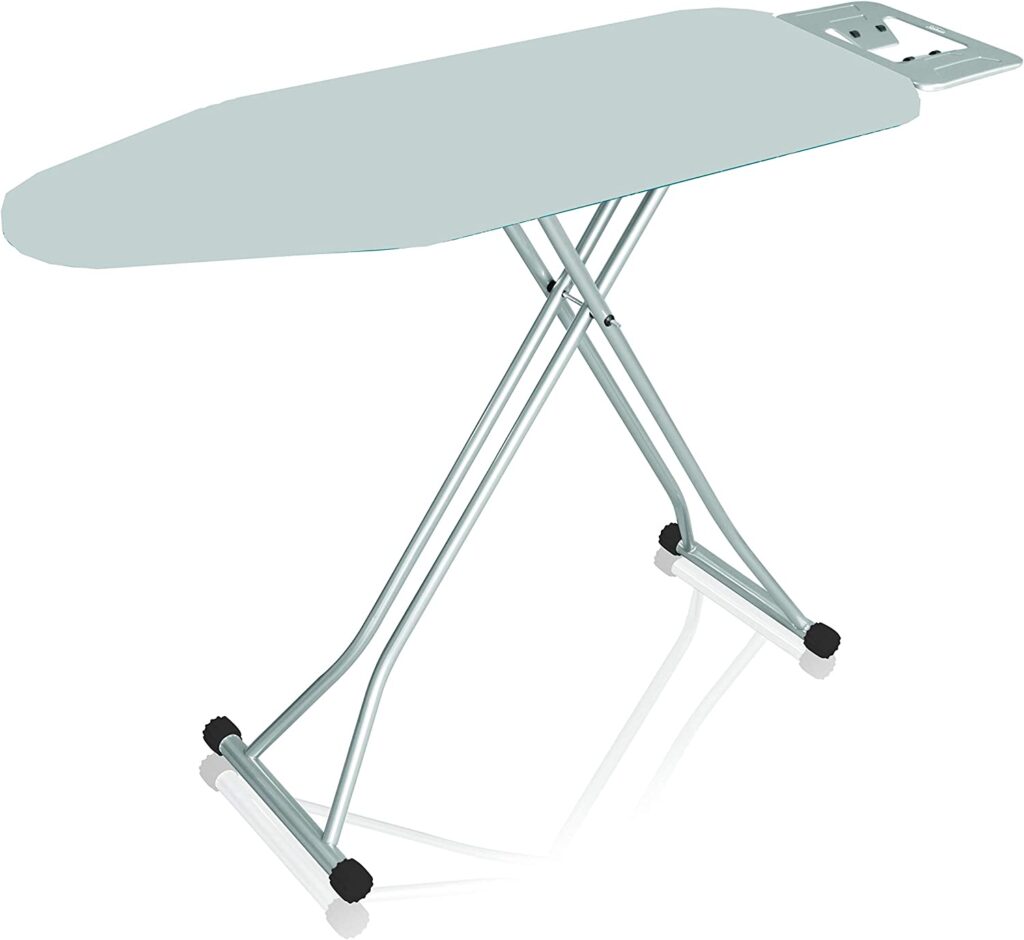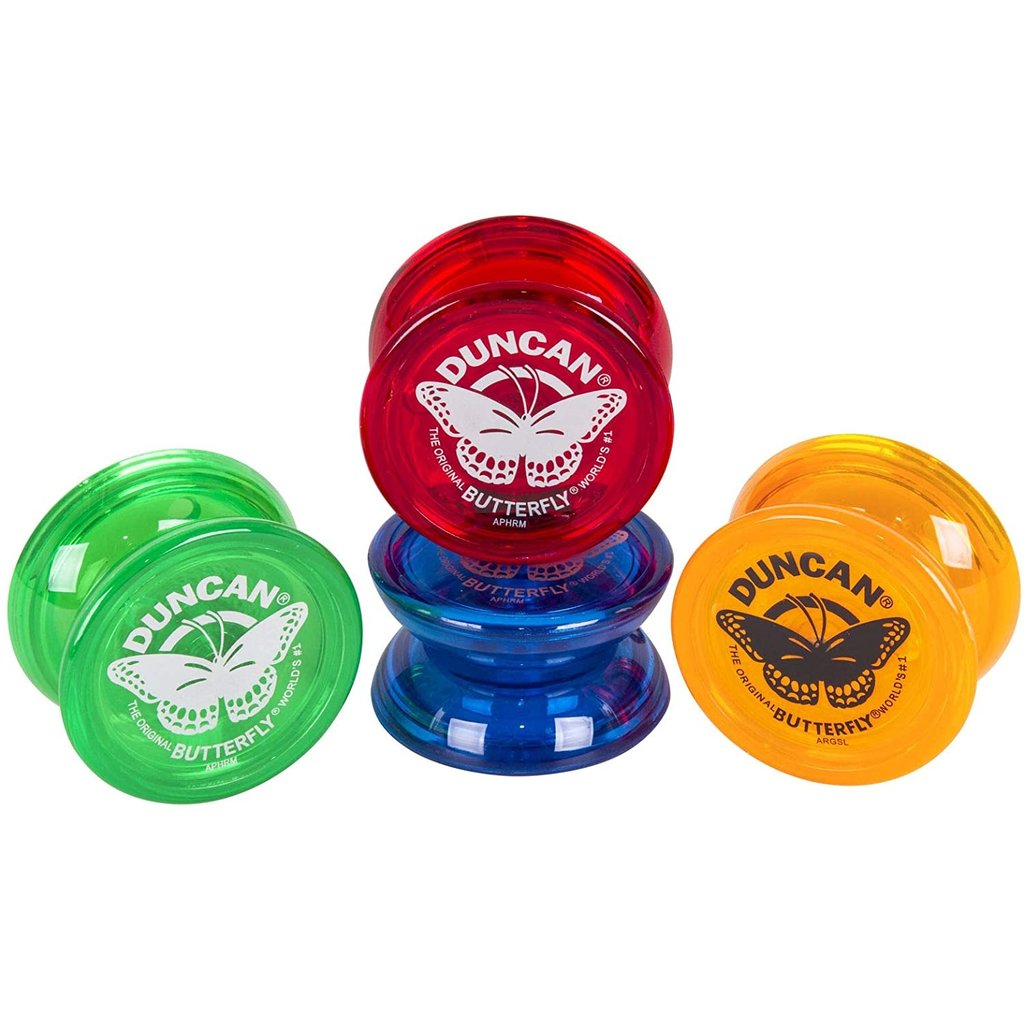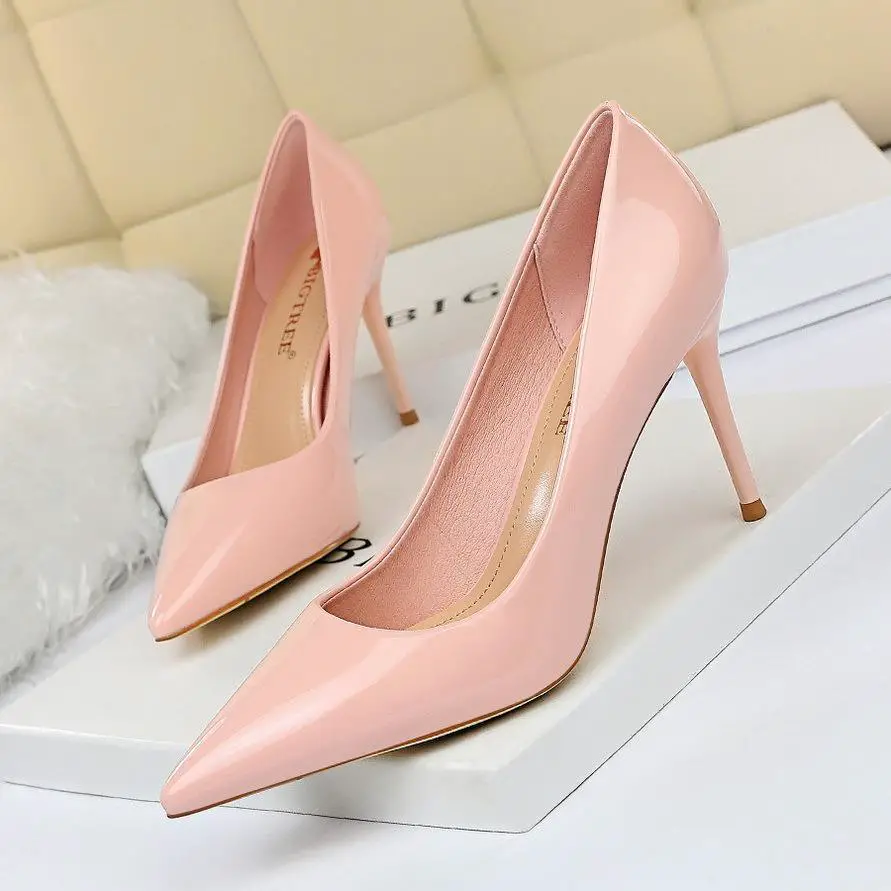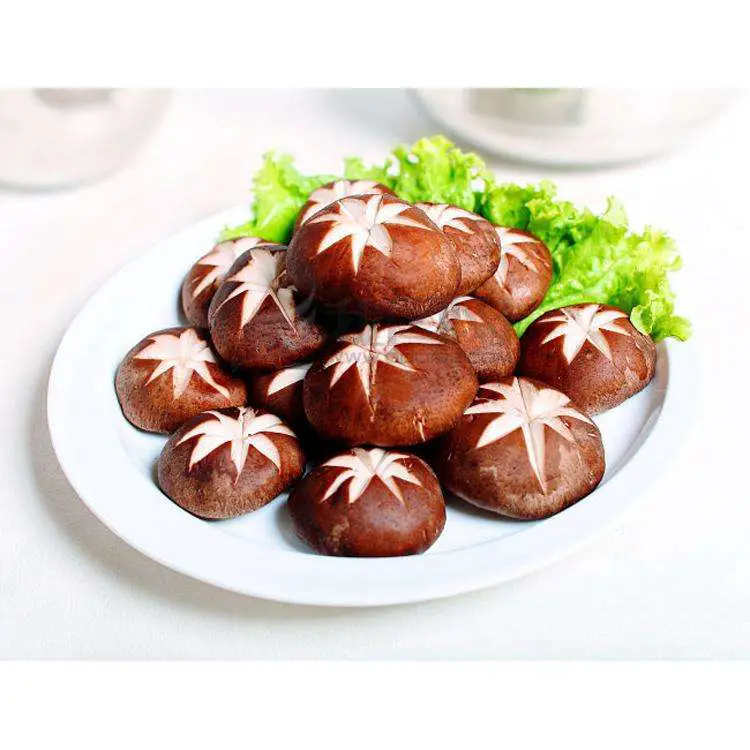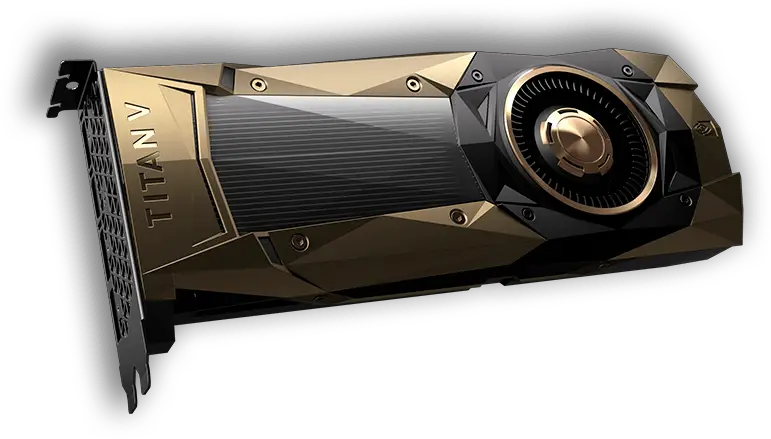Why Are Ironing Boards So Expensive?
Ironing boards have been a staple in households for decades. They provide a sturdy surface on which to press clothes and make them look crisp and wrinkle-free. However, if you have ever shopped for an ironing board, you might have noticed that it can be quite expensive. In this article, we will explore why ironing boards are so expensive, and what factors contribute to their high cost.
One of the main reasons for the high cost of it is the quality of materials used to make them. The best ironing boards are made from sturdy materials such as metal and wood that can withstand the weight and pressure of an iron. The legs of the board need to be able to support the weight of the board and the person ironing, without tipping over. Additionally, the surface of the board should be smooth and level, with no bumps or rough patches, to prevent any damage to clothes.
The cover of it is also an important factor. Ironing board covers protect the board from scratches and stains, and provide a smooth surface for the iron to glide over. Good ironing board covers are typically made from durable fabric that can withstand the heat and moisture of the iron. They should also fit snugly over the board to prevent any shifting or bunching during use. Ironing board covers are available in various sizes, designs, and materials, which can affect their cost.
Ironing boards also come equipped with additional features that contribute to their high cost. For example, an iron rest is a feature that provides a safe and secure place to rest your iron when not in use. This feature is particularly important for those who use a hot iron regularly, as it can prevent accidents and damage to clothing. Some ironing boards also come with adjustable height settings, which allow users to customize the board to their specific needs and ensure that they can comfortably and effectively iron their clothing.
Of course, the cost of it can vary depending on the type of board you purchase. A standard ironing board can cost anywhere from $20 to $100, while a high-end board can cost upwards of $200. A good ironing board is an investment, and it is important to choose a board that will meet your needs and last for years to come. However, it is also important to consider your budget and select an ironing board that is affordable and within your price range.
In addition to the standard ironing board, there are also tabletop ironing boards available. These boards are smaller and more compact than traditional ironing boards, making them ideal for those who live in apartments or have limited space. Tabletop ironing boards are also typically less expensive than full-size boards, making them a more affordable option for those on a budget.
Another factor that contributes to the cost of it is the cost of ironing board covers. These covers are essential for protecting the board and ensuring that it remains in good condition over time. Good ironing board covers are typically made from durable materials like cotton or polyester, and they can cost anywhere from $10 to $30.
In conclusion, while it may seem like ironing boards are expensive, they are a necessary household item for anyone who wants to keep their clothing looking neat and professional. The high-quality materials, additional features like an iron rest and adjustable height settings, and long-lasting durability all make these boards a valuable addition to any household. Whether you choose a standard ironing board or a tabletop version, be sure to invest in a good ironing board that will meet your needs and last for years to come.
Frequently Asked Questions
How to close an ironing board?
Closing an ironing board is typically a simple process that can be done in a few steps:
1. Remove the iron and unplug it from the electrical outlet.
2. Release the lever or button that holds the legs of the ironing board in place. This is usually located near the top of the board or the hinges.
3. Fold the legs of the ironing board up toward the board, making sure they are secure in their folded position.
4. Depending on the type of ironing board, you may need to fold the board in half or collapse it downward.
5. If there are straps or latches to secure the board in its folded position, fasten them securely.
It’s important to make sure the ironing board is completely closed and secured before storing it away to avoid any potential accidents or damage.
How to iron without an ironing board?
Ironing without an ironing board is certainly possible with a little creativity and some household items. Here are some alternative methods:
1. Use a clean towel or blanket: Lay a clean towel or blanket on a flat surface like a table or counter. Smooth out any wrinkles and place the garment on top. Iron as usual.
2. Use a bed: You can also use a bed as a makeshift ironing surface. Simply lay the garment flat on the bed and smooth out any wrinkles. Be careful not to damage the bedspread or comforter.
3. Use a tabletop: If you have a sturdy table or countertop, you can use it as an ironing surface. Place a towel or heat-resistant mat on top of the table to protect it from heat damage. Place the garment on the towel or mat and iron it as usual.
4. Use a flat surface: If you don’t have any of the above options available, you can use a flat surface like the floor. Lay a towel or blanket down and place the garment on top. Iron as usual.
When ironing without an ironing board, it’s important to make sure the surface you’re using is flat and sturdy. Additionally, be careful not to damage the surface or any other nearby items with the heat from the iron.
How to use an ironing board?
Using an ironing board is fairly straightforward, but here are some steps to help you get the best results:
1. Set up the ironing board in a safe and comfortable location, making sure it’s stable and won’t tip over.
2. Adjust the height of the ironing board to a comfortable level for you to use, and make sure it’s at a comfortable distance from any nearby walls or furniture.
3. If your ironing board has an iron rest, position it at the wide end of the board to hold your iron securely while you work.
4. Plug in your iron and let it heat up to the desired temperature for the fabric you’ll be ironing.
5. Place the garment you want to iron on the board, making sure it’s lying flat and smooth.
6. If the garment is particularly wrinkled or creased, use a spray bottle to dampen the fabric slightly before ironing.
7. Press the iron onto the garment, moving it smoothly and evenly across the fabric. Use the pointed end of the iron to work on small or hard-to-reach areas.
8. If necessary, adjust the temperature of the iron to suit different fabrics as you work.
9. When you’re finished with a section of the garment, move it along the board and adjust it to work on the next area.
10. If you need to reposition the garment, use the iron rest to hold the iron securely while you do so.
11. Once you’ve finished ironing the garment, switch off the iron and unplug it. Let it cool down before putting it away.
12. Remove the garment from the ironing board and hang it up or fold it neatly.
By following these steps, you should be able to use an ironing board to iron your clothes easily and effectively.
How to collapse an ironing board?
To collapse an ironing board, follow these steps:
1. Unplug the iron and let it cool down.
2. Lift the end of the ironing board where the iron rest is located.
3. Push the iron rest down, if it’s hinged, to keep it flat against the board.
4. Look for the locking mechanism near the center of the board.
5. Press down on the locking mechanism to release it.
6. Carefully fold it in half, with the pointed end of the board meeting the rounded end.
7. Secure the board with any latches or fasteners that are provided.
8. Make sure the board is securely closed and store it in a safe and convenient location.
By following these steps, you should be able to collapse your ironing board easily and safely for storage.
Is it worth buying an expensive ironing board?
Whether or not it is worth buying an expensive ironing board depends on your individual needs and preferences. A high-quality, well-made ironing board can last for years and provide a smooth, stable surface for ironing, while a cheaper, lower-quality board may wobble or sag, making it difficult to get a crisp, wrinkle-free finish on your clothes.
Expensive ironing boards often have features such as adjustable height settings, built-in iron rests, and sturdy frames made from durable materials like aluminum or steel. They may also come with additional accessories like ironing board covers, which can further enhance their functionality.
However, if you don’t iron frequently or don’t have a large budget to spend on an ironing board, a more basic, standard ironing board may be perfectly adequate for your needs. Additionally, if you live in a small space and only do occasional touch-up ironing, a tabletop ironing board may be a more practical and affordable option.
In summary, while an expensive ironing board can provide added convenience and durability, it ultimately depends on your individual needs and budget. Consider how often you iron, what type of garments you typically iron, and how much storage space you have available before deciding on which ironing board to purchase.
How much does an ironing board cost?
The cost of it can vary depending on the brand, size, and features it offers. A basic, standard-sized ironing board can cost anywhere from $20 to $50, while a high-end, larger board with additional features like an adjustable height setting, built-in iron rest, and a sturdy frame made from durable materials like aluminum or steel can cost upwards of $100 or more.
Tabletop ironing boards, which are smaller and designed for more compact spaces, are typically less expensive and can range in price from around $10 to $30.
Ironing board covers can also add to the overall cost, with prices ranging from $5 to $20 or more depending on the quality of the material and the size of the cover.
Ultimately, the cost of an ironing board will depend on the individual’s budget and preferences. Basic, budget-friendly options can provide a practical solution for occasional use, while more expensive, high-quality boards may be worth the investment for frequent ironing and long-lasting durability.
Do I need an ironing board?
Whether or not you need it depends on your individual needs and preferences. While it is possible to iron clothes on a flat surface like a table or countertop, using it can provide several benefits.
Firstly, it provides a stable and safe surface for ironing. Unlike a flat surface that may not be heat-resistant, it is designed to withstand the heat of the iron and prevent any damage to the surface beneath it.
Secondly, it allows you to easily adjust the height of the board to your comfort level. This can be especially important for people who have back pain or other physical limitations that make standing or bending difficult.
Finally, it can help you achieve better results when ironing. The padded surface of the board helps to create a smooth, even surface for the fabric, allowing the iron to glide over it more easily and removing wrinkles more effectively.
That being said, if you don’t do a lot of ironing or don’t have the space or budget for it, you can certainly make do with a flat surface like a table or countertop. Just be sure to use a heat-resistant surface and take appropriate safety precautions to avoid any accidents.
Do ironing boards make a difference?
Yes, ironing boards can make a difference when it comes to the quality of your ironing. Here are a few ways in which an ironing board can impact your ironing:
1. Stability: A good quality ironing board will provide a stable surface for you to iron on. This will prevent the iron from wobbling or tipping over, which can lead to accidental burns or other safety hazards.
2. Height Adjustment: Ironing boards typically come with adjustable height settings. Being able to adjust the height of the board to your comfort level can help reduce strain on your back and shoulders while ironing.
3. Iron Rest: Most ironing boards come with an attached iron rest, which provides a safe and convenient place to rest your iron when you’re not using it. This can help prevent accidents and make the ironing process more efficient.
4. Ironing Board Covers: Ironing board covers can also make a difference. A good quality cover will provide a smooth, even surface for ironing and help prevent wrinkles from reappearing.
5. Versatility: Ironing boards come in different shapes and sizes, including tabletop models, standard-sized models, and extra-large models. Choosing the right size and shape for your needs can help make the ironing process more efficient and effective.
While you can certainly iron on a flat surface, an ironing board can provide additional safety, comfort, and efficiency benefits that can make a difference in the quality of your ironing.

